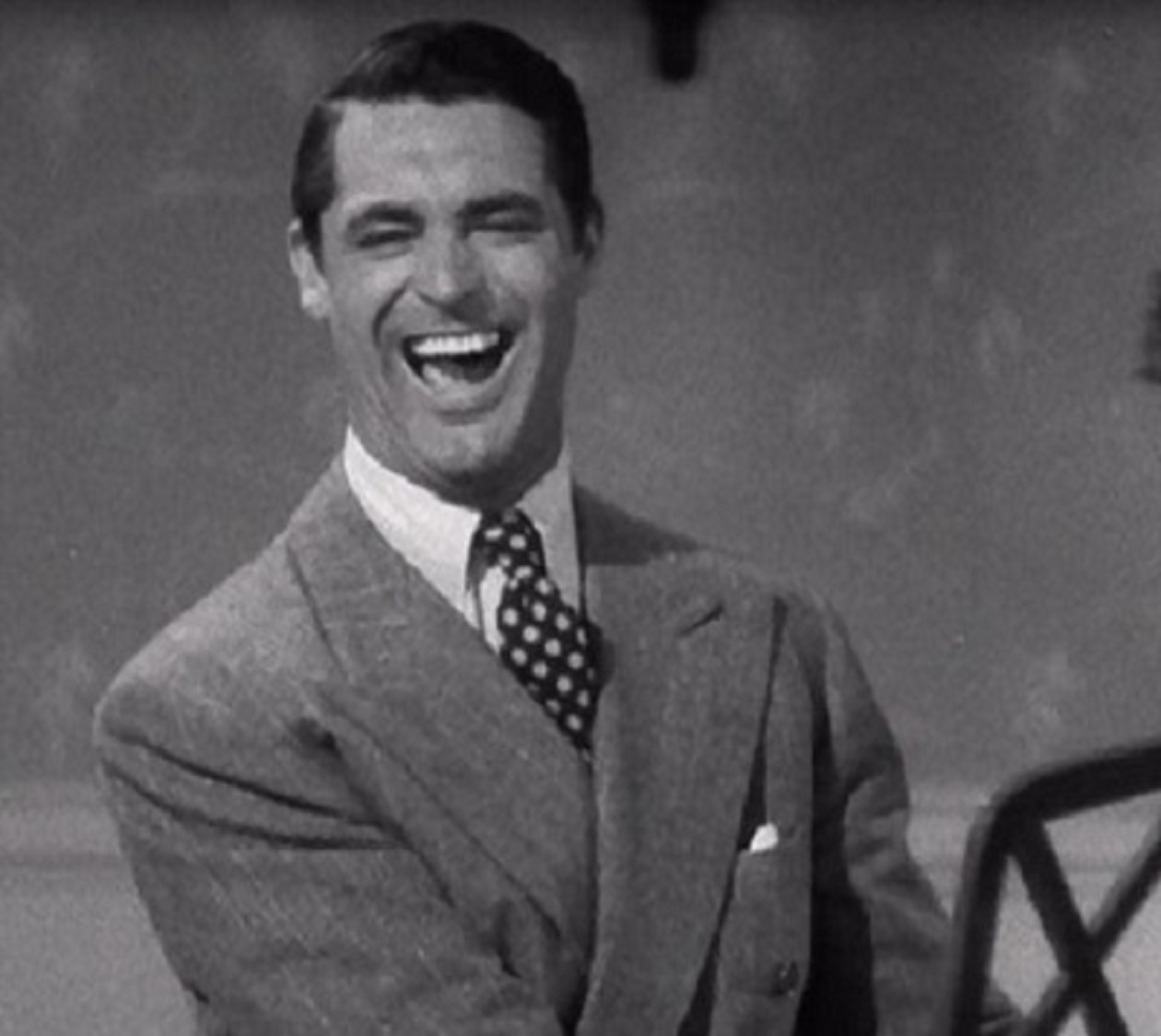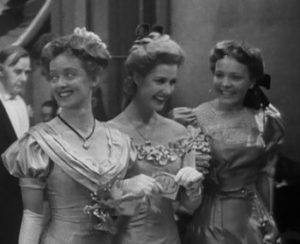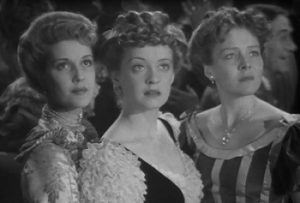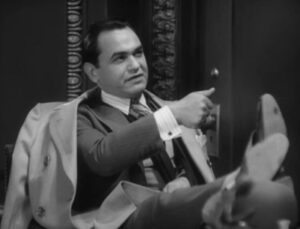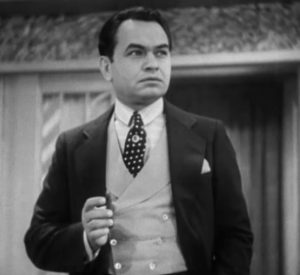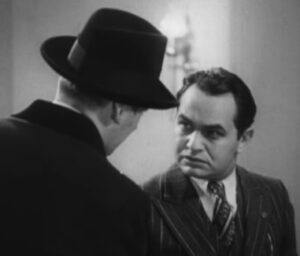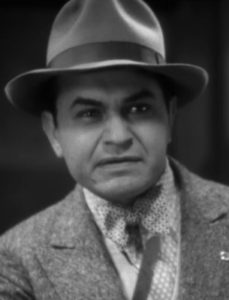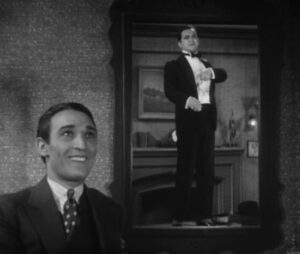Bette Davis & Sibling Bonds: The Sisters (1938)
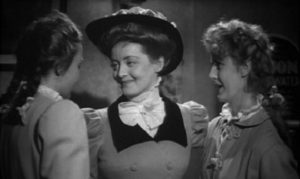
April 10th is National Siblings Day. If the holiday makes you cranky about being an only child, watch Whatever Happened to Baby Jane? That should cure you of longing for a sister.
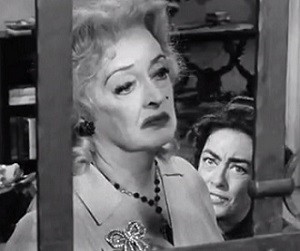
Or spend some time with the creepy antihero of Scarface (1932). You’ll never want a brother again.
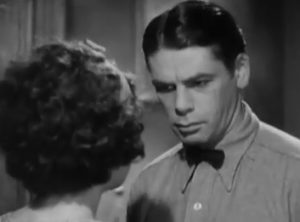
But if you insist on the delight of being a sibling, there’s always the classic sisterly bonding tale, Little Women. The March sisters will satisfy all your sentimental cravings.
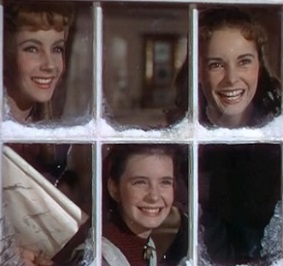
And if you want a more adult version of sisterly unity, check out The Sisters, a period drama set in 1904 in Silver Bow, Montana. Grace, Helen, and Louise Elliott all marry and experience varying degrees of unhappiness as a result. But the bond between them holds firm even when sorrow, tragedy, and distance separate them.
The story begins at a ball celebrating Teddy Roosevelt’s inauguration, where the three girls are in high demand.
Helen (Anita Louise) is the loveliest, Grace (Jane Bryan) the steadiest, and Louise (Bette Davis) the most confident. Louise is on the verge of engagement to a banker’s son, Tom (Dick Foran), until she encounters Frank (Errol Flynn), a flashy visiting newspaper reporter.
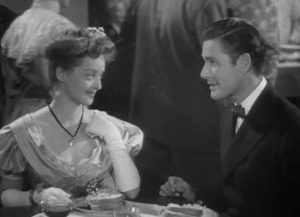
He has few prospects, and her parents don’t like him. He talks too much about freedom and drinking. But she’s in love, so she elopes with him to San Francisco. Her sisters, who seem to have a sixth sense about one another’s movements, anticipate her actions, and say goodbye before she can sneak away.
While Louise is busy grasping at contentment in San Francisco with her increasingly worthless husband, Grace marries Louise’s ex, Tom, and has a son. Meanwhile, Helen cozies up to her long-time admirer, Sam (Alan Hale), who is twice her age but can give her a life of glamour away from Silver Bow. At first, only Louise’s life is turning sour, with her mother adding the word “poor” to her name whenever she says it. Frank, a heavy drinker, avoids home and complains about his lack of freedom and talent, which makes him a general joy to be around. Finally, Louise gets a job so that they can pay the bills, giving him yet another reason to feel sorry for himself. Just before the famous 1906 earthquake, he flirts with the idea of leaving her.
Helen, predictably, is faithless to her husband, whose health proves precarious. And when Grace discovers her husband isn’t as loyal as she thought, her sisters rush home to help her, scaring a group of philandering husbands into aiding their cause: outcasting the woman who seduced him.
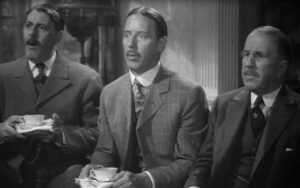
I won’t reveal what happens to each of their marriages, or the ending that promises happiness the audience has no reason to trust. I will say the movie is engrossing throughout, with comic relief from their parents (character actors Henry Travers and Beulah Bondi), convincing chemistry between Flynn and Davis, and lovely dresses by Orry George Kelly.
But what most intrigued me about the film occurred in the final minutes. Grace and Helen both sense that Louise is in need during the final inaugural ball of the film (this time for Taft), and each leaves her man to seek her. Together, the three sisters hold one another in a final, empowering image, their expressions declaring that whatever others will do—or won’t—these three will fiercely protect one another. And that is an image that will be on my mind on National Siblings Day.
